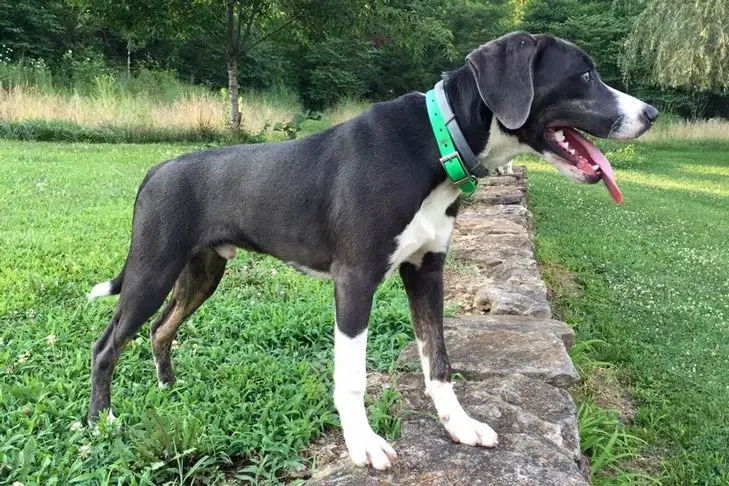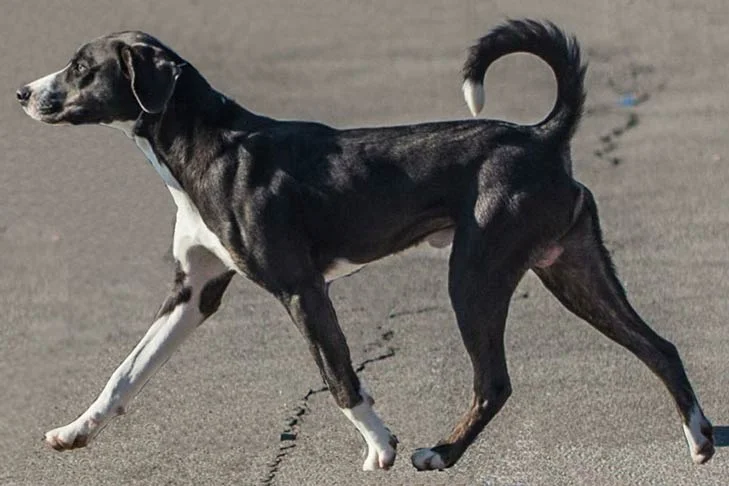The Mountain Cur is a hunting dog with excellent treeing abilities. It is a fearless combatant who is incredibly bright, and capable of doing any task assigned to it by its master. Dogs had an important role in the cultures of early pioneers, settlers, and homesteaders.
The Mountain Cur is a quick and hard hunter who runs with its head in the air. On the track, he can be open, semi-open, or silent, and he has a clear bark that can be heard from a considerable distance. If a hot track is not accessible, they will loop and drift on a cold one until they find one. They are brave fighters when necessary and incredibly intelligent, with great treeing instincts and the ability to be quickly educated to abandon the undesired game. They respond best to training with a lot of human contacts, and in addition to hunting, make great companions and watchdogs.





 Health
Health Grooming
Grooming Exercise
Exercise Training
Training Nutrition
Nutrition